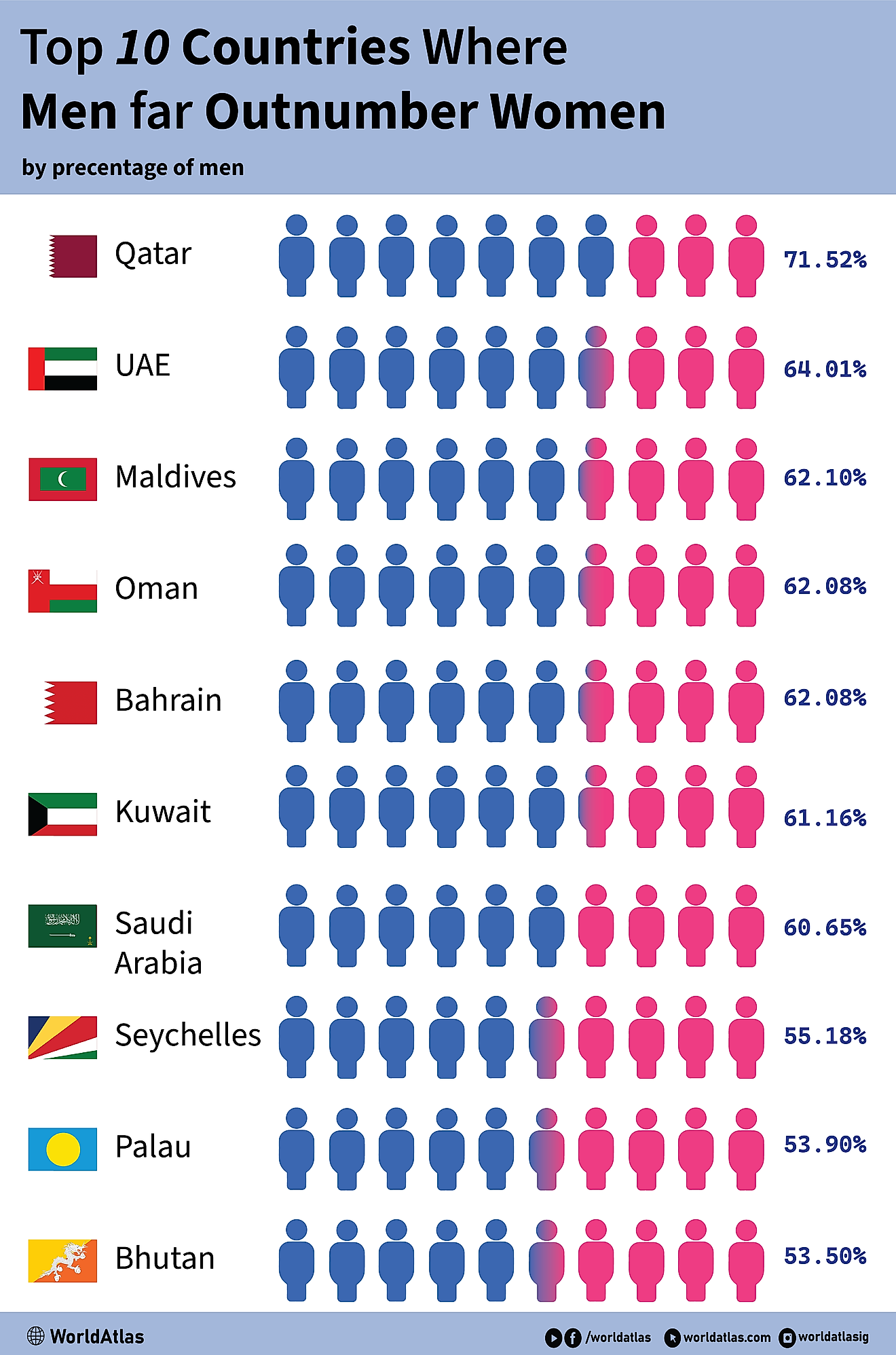
Taoism
Taoism, also known as Daoism, is an ancient system of philosophical and religious beliefs primarily practiced in the Far East. The beliefs associated with Taoism originate from around the 16th century BCE, but the formal tradition recognized as both a religion and a philosophy emerged in the 5th century BCE. The founding of Taoism is mainly attributed to the teachings of Lao Tzu, whose work inspired later philosophers and scholars. By the 2nd century CE, Taoism had developed more religious connotations and, at one point, even became the official religion of China. Today, millions of people, especially in East Asia, continue to follow the principles of Taoism.
History Of Taoism
Taoism dates back to the 5th century BCE. However, according to some experts, the religion's philosophy originated back to the time of the Shang Dynasty (1558-1102 BCE). Therefore, the Taoism that began developing in the 5th century BCE is thought to be a revival of a more ancient philosophical tradition. Indeed, Taoism began as a form of philosophy before it evolved into a religion. The founder of Taoism is said to be a person named Lao Tzu, though scholars are divided as to whether or not he was a real person or simply a myth. According to tradition, Lao Tzu was the author of the first Taoist text, the Tao Te Jing (Book of the Way).

Other philosophers continued the teachings of Lao Tzu, one of whom was Zhuang Zhou, who lived from 369 BCE to 286 BCE. He authored a significant text on Taoist philosophy called the "Zhuangzi," named after him (which literally translates to "Master Zhuang"). The "Zhuangzi" is a compilation of Zhuang Zhou's writings along with those of other authors during China's classical period, which spans the 5th to the 3rd centuries BCE.
Another important Taoist text is the "Taozang," written during the Tang Dynasty (618–907 CE) and the Song Dynasty (960–1279 CE), although it was not compiled until the Ming Dynasty (1368–1644 CE).
Taoism evolved into a religion in the second century CE. However, it gained significant prominence during the Tang Dynasty (618–907 CE) when Emperor Xuanzong (ruled 712–756 CE) declared it the official religion of China. He even mandated that his subjects keep Taoist texts in their homes. As the Tang Dynasty began to decline, so did Taoism, with many followers shifting their allegiance to Confucianism and Buddhism.
When the Communist Party came to power in China in 1949, Taoism was banned. During the Cultural Revolution (1966–1976), many Taoist temples were destroyed, and believers faced re-education. In just ten years, the number of people identifying as Taoists fell by 99%.
However, during the 1980s, some Taoist temples were restored. Today, there are approximately 25,000 Taoist priests and nuns in China and around 1,500 temples.
Beliefs Of Taoism

Taoism derives its name from the term "Tao," which means "the way." Taoists believe that the Tao encompasses all living things and serves as a guiding principle for life. The *Tao Te Ching* is said to provide teachings on how to follow the Tao and live peacefully with oneself, others, and the ever-changing world. Taoism advocates for open-mindedness, encouraging individuals to not only accept change but to embrace it. Consequently, those who adapt to changes in their lives will find happiness, while those who resist change may struggle.
Above all, Taoism emphasizes living in harmony with nature. The philosophy of Taoism emerged from careful observation of the natural world.
Like other Eastern religions, Taoism incorporates the concept represented by the yin-yang symbol, which illustrates how the universe originated from the interaction of two primordial forces: yin and yang. Taoism teaches that a proper balance of these forces is essential for life. Interestingly, Taoists do not associate good and evil, or life and death, with the yin-yang principle. This is because, according to Taoist teachings, nature does not recognize distinctions between good and evil, nor does it differentiate between life and non-life. In fact, Taoists believe that there are no inherently good or evil people. Instead, all individuals have the potential for goodness and merely need to be guided toward choosing virtue over vice.

Taoism shares some similarities with other Eastern religions, particularly in its belief in concepts like yin and yang. However, it also contains unique elements. For instance, both Taoists and Confucianists believe in an afterlife, meaning they perceive death not as an end, but as a transition to another existence. This belief aligns with many, if not most, religions around the world.
Despite these similarities, there are notable differences. In Buddhism, life is often seen as suffering, whereas Taoism views life more positively, as a joyful experience. Additionally, while Confucianism emphasizes the importance of rituals and regulations, Taoism generally discourages these practices, suggesting that they can disrupt the harmony of nature.
Taoism Today

Determining the number of Taoism practitioners worldwide is challenging due to varying definitions of both Taoism and its adherents in different sources. Estimates of Taoists globally range from as few as 12 million to as many as 173 million. Certain ethnic minorities in China, such as the Mulam, Maonan, Pumi, and Gin, practice Taoism alongside other religions. Taiwan has the second-largest population of Taoists outside mainland China, with approximately 44% of the island's population potentially identifying as Taoist. Significant Taoist communities also exist in Hong Kong and Singapore. In the United States, there are around 12,000 Taoists, making it the country with the largest Taoist population outside the Far East. Australia has a notable Taoist community as well, numbering about 4,500 individuals.











